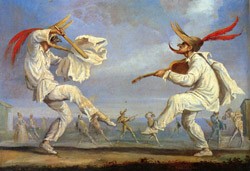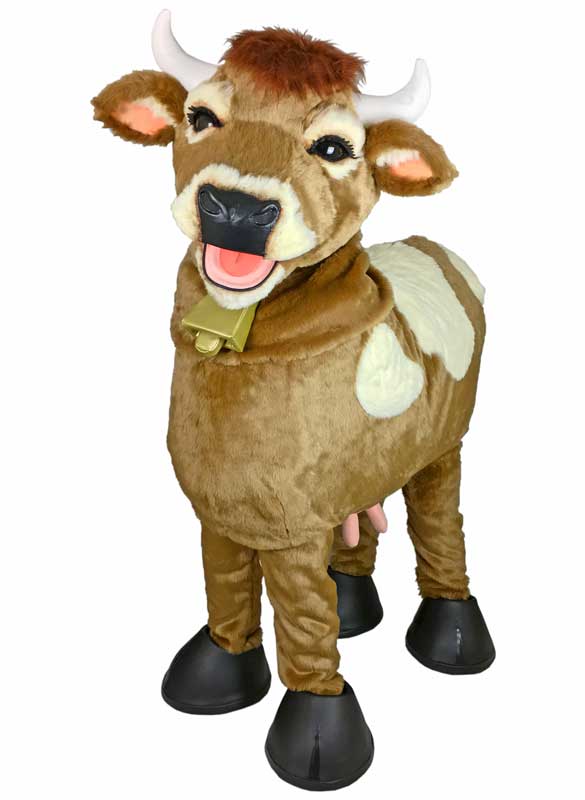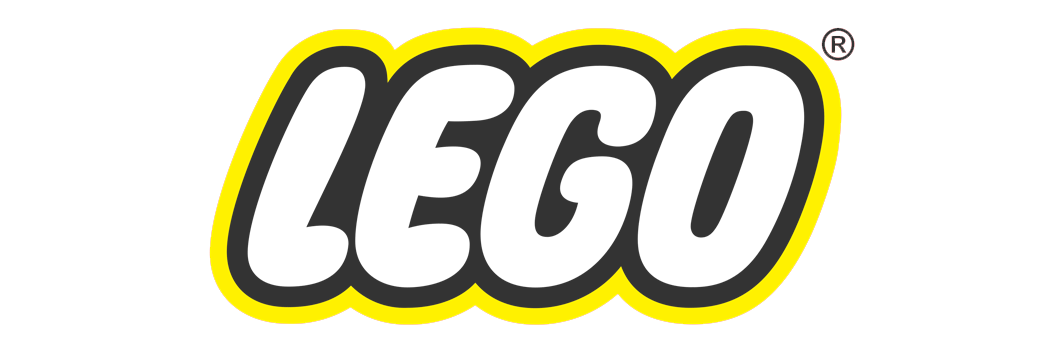It’s Panto Season!
Pantomime has for a long time been a seasonal British institution. A pilgrimage of tradition for many families in the UK. Love it or hate it, panto brings out the child in us all.
Shouts of ‘it’s behind you’ and ‘oh no it isn’t’ boom around the theatre hall. Cast members goading the audience to participate as they search high and low for the culprit who hides in plain sight. Pantomime, for those who haven’t been, is jolly good fun!
During our 30+ years of existence, we’ve had the pleasure of constructing numerous costume items and animals (most notably horses and cows) for this fabulous form of theatre so I thought I would share a little bit of panto history with you. It is, after all, the time of year they call… panto season.
Where it all started
 Many people will be surprised to learn that pantomime didn’t originate in the UK and holds many of its roots in a style of classical theatre called Commedia Dell ‘Arte, popular in Italy throughout the 16th and 17th Centuries. This style of sketch based theatre brought about the notion of ‘stock’ characters. Stock characters were made to represent stereotypical social types, such as the servant, the clown and the lovers to name a few.
Many people will be surprised to learn that pantomime didn’t originate in the UK and holds many of its roots in a style of classical theatre called Commedia Dell ‘Arte, popular in Italy throughout the 16th and 17th Centuries. This style of sketch based theatre brought about the notion of ‘stock’ characters. Stock characters were made to represent stereotypical social types, such as the servant, the clown and the lovers to name a few.
Performing in small groups, the typical Commedia troupe was usually mobile. They would travel between towns, performing outside in the main square or at court for the towns folk to enjoy. Often masked, the troupe would play out conventional plot lines, drawing inspiration from current events or re-enacting historical performances with an improvisational twist and well-used jokes of the time. Since a lot of the performance is improvised, this allowed the actors to adapt plots to highlight local news or scandal, keeping the performances current and relevant to the localised area.
Character Development
With the evolution of Commedia Dell’ Arte, each ‘stock’ character developed a distinct set of characteristics. Speech, props and costume became signature styles, synonymous with particular characters. With most of the actors wearing masks, dialect and gesticulation was exaggerated. This emphasised the differences between the characters and added to the comedy element of the performance. This style of theatre became popular across Europe during the 16th and 17th centuries thanks to the mobile nature of the performers, slowly making its way towards England during the early 17th century.
Adaptations of the original Commedia characters became commonplace in English theatre. Slowly adapting the stories over time which brought about the development of the English Harlequinade. This put the character Harlequin (Commedia Dell ‘Arte’s Arlecchio character) front and centre. Harlequin had what was known as a ‘Slapstick’ that he would use to hit pieces of scenery to initiate their change. Over time, this character developed from servant to magician. By the late 1700’s, Harlequin, as a character, had become so popular that more elaborate plots and scenery were devised to incorporate his success. Along with it, came the birth of ‘Slapstick Comedy.’
Modern Pantomime
By the Victorian era, pantomime had become a regular festive event. Classic tales were adapted and revised to work on stage. The introduction of the principle boy (usually a female lead role) showed that pantomime could adapt and stay current with the flavour of the time. Well-known variety stars of the day began to cross over and star in popular pantomimes. This brought about a change in the cast, and with it new characters. It wasn’t until the 1930’s that radio and television stars became a commonplace attraction in pantomimes. This has since become a tradition still held in modern-day pantomimes.
A horse, of course (or a cow, or a cat, or goose)
 Be it Daisy the Cow in Jack and the Beanstalk, Tom the Cat in Dick Whittington or Mother Goose’s Fowl. The role of the animal companion in pantomime has long since been a staple part of the performance. Skilled animal actors would don the costume (often in pairs for front and back legs) and perform alongside the high-profile actors of the day, wowing audiences into believing they were the real thing… with a little bit of imagination of course. Here at CWC we have made many pantomime and theatre animals from cows to kangaroos and horses. Interestingly, when one thinks of pantomime animals, cows and horses come to the forefront of the mind. However, horses are relatively rare in panto performance and feature far less than cows, cats and geese.
Be it Daisy the Cow in Jack and the Beanstalk, Tom the Cat in Dick Whittington or Mother Goose’s Fowl. The role of the animal companion in pantomime has long since been a staple part of the performance. Skilled animal actors would don the costume (often in pairs for front and back legs) and perform alongside the high-profile actors of the day, wowing audiences into believing they were the real thing… with a little bit of imagination of course. Here at CWC we have made many pantomime and theatre animals from cows to kangaroos and horses. Interestingly, when one thinks of pantomime animals, cows and horses come to the forefront of the mind. However, horses are relatively rare in panto performance and feature far less than cows, cats and geese.
Dames and Drag
Part of pantomime since the mid to late 1800’s, the Dame is a well-known character in many of the staple seasonal favourites. Widow Twankey, Mother Goose and the Queen from Puss in Boots are all popular examples of the pantomime dame. They all have one thing in common. They are played by a male actor. The dame flips the script and plays on the comedy of flamboyant costume and cheeky innuendo in a way that only a drag act can. Most pantomime dames have a voluptuous shape. This calls for padding in all the right places and sometimes even a full body suit. This creates the illusion of an exaggerated feminine figure and helps to bring the magic to life.
If you’re planning a pantomime and need help with body suits, cows, horses or even geese then don’t hesitate to contact us with your requirements.

 “I wanted to take this opportunity to thank you for your ongoing service.
“I wanted to take this opportunity to thank you for your ongoing service. See video
See video

 Each character we have ordered has been of incredible quality and detail and have been well received by everyone who sees them. All of the staff are incredibly helpful and a delight to work with and no doubt we will be using them as often as we can again in the future.”
Each character we have ordered has been of incredible quality and detail and have been well received by everyone who sees them. All of the staff are incredibly helpful and a delight to work with and no doubt we will be using them as often as we can again in the future.”
 View costume
View costume View costume
View costume View costume
View costume View costume
View costume View costume
View costume View costume
View costume View costume
View costume View costume
View costume